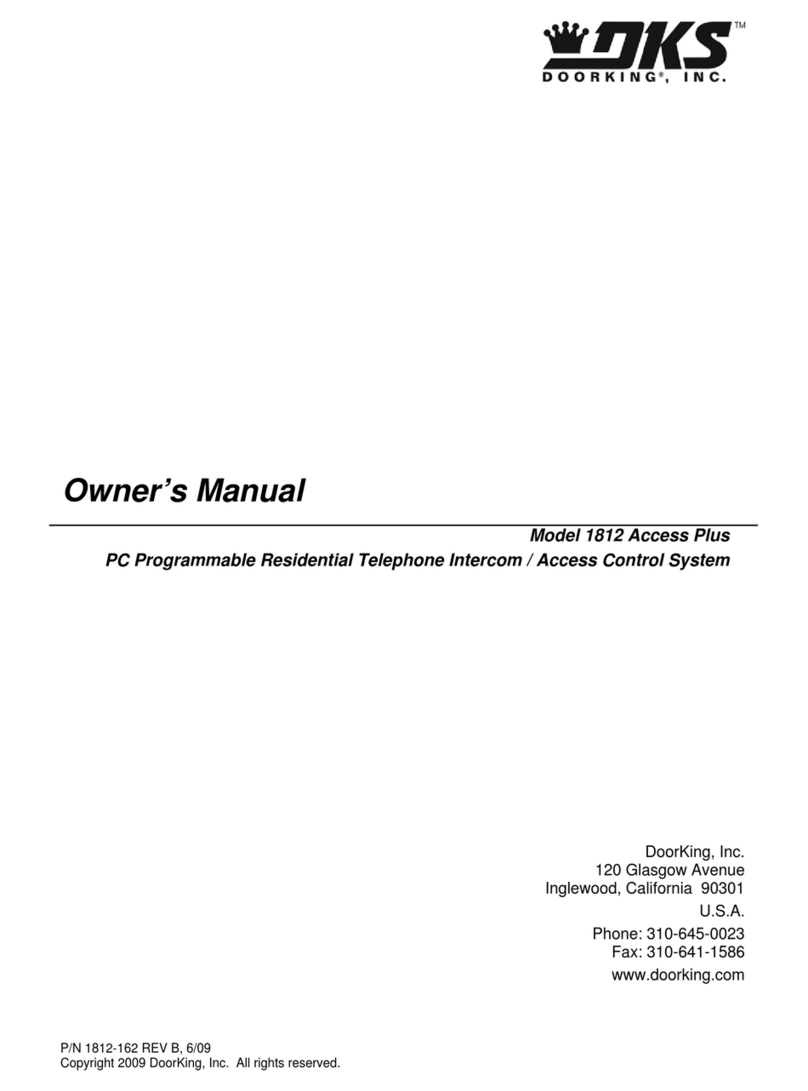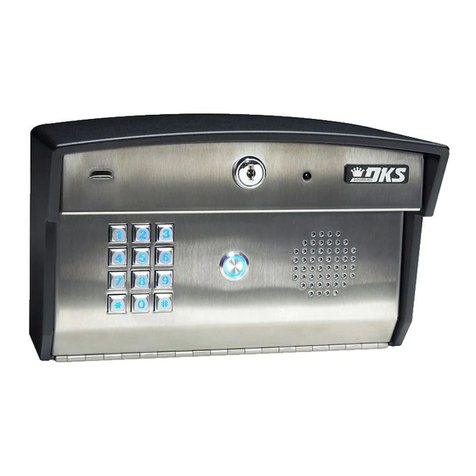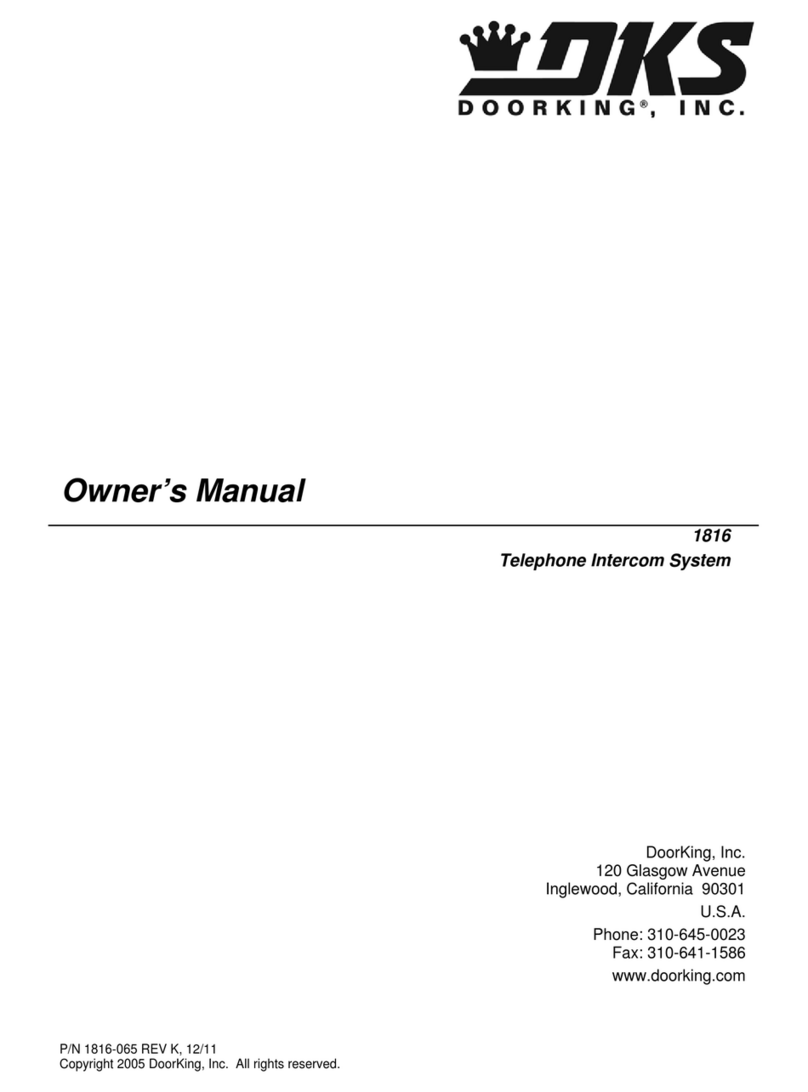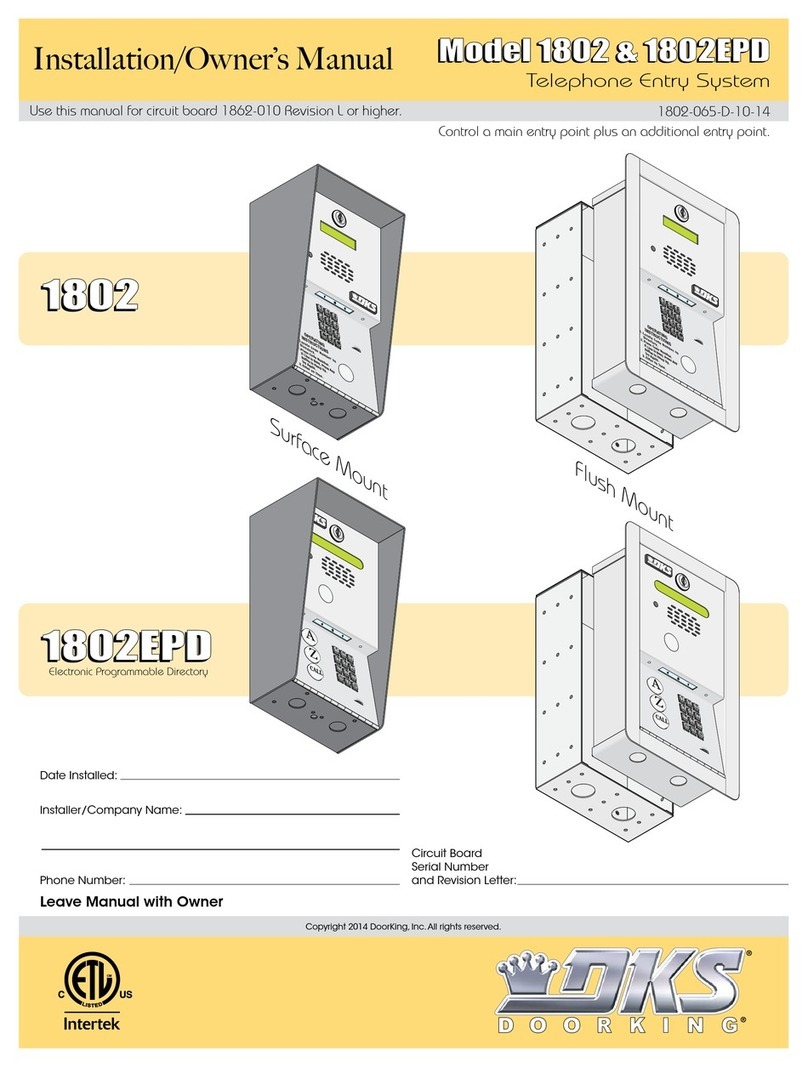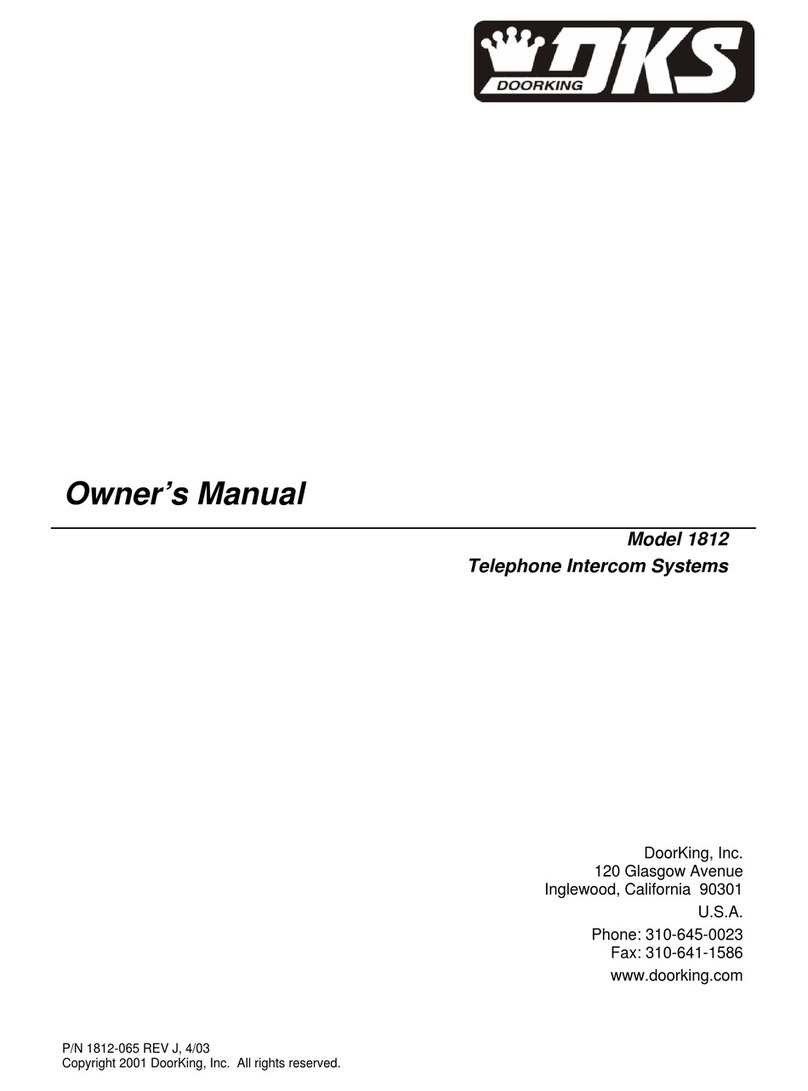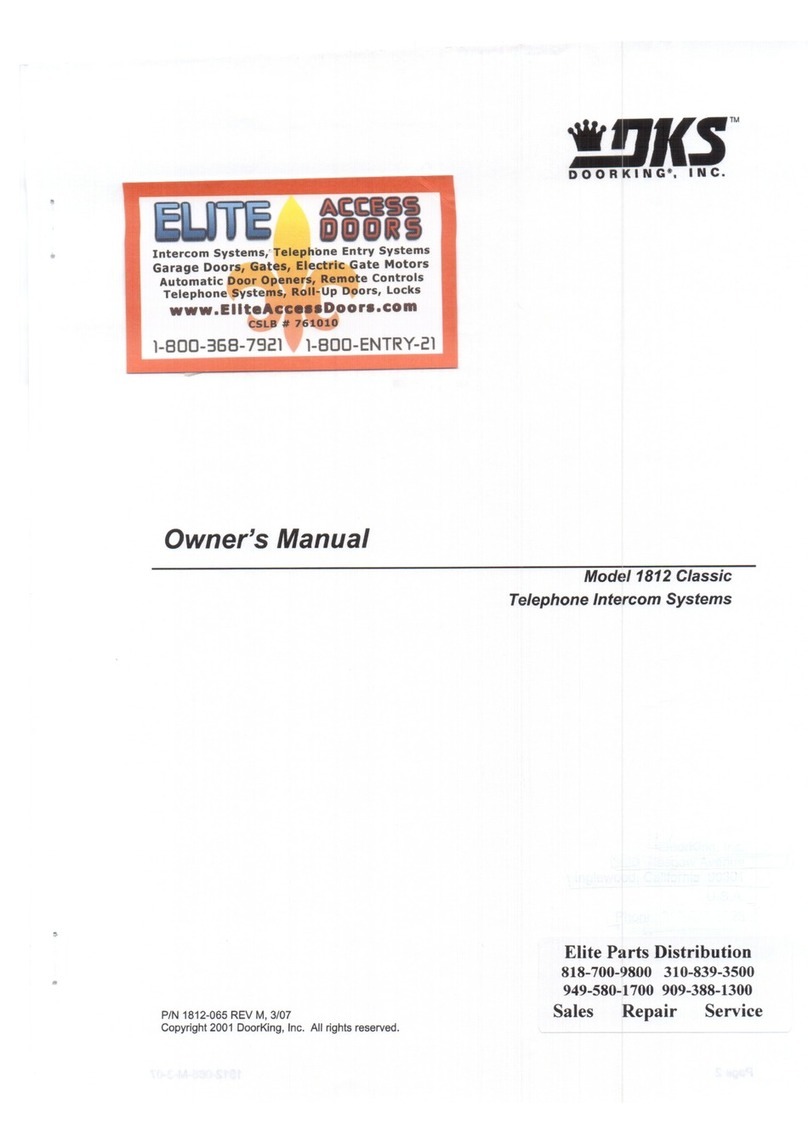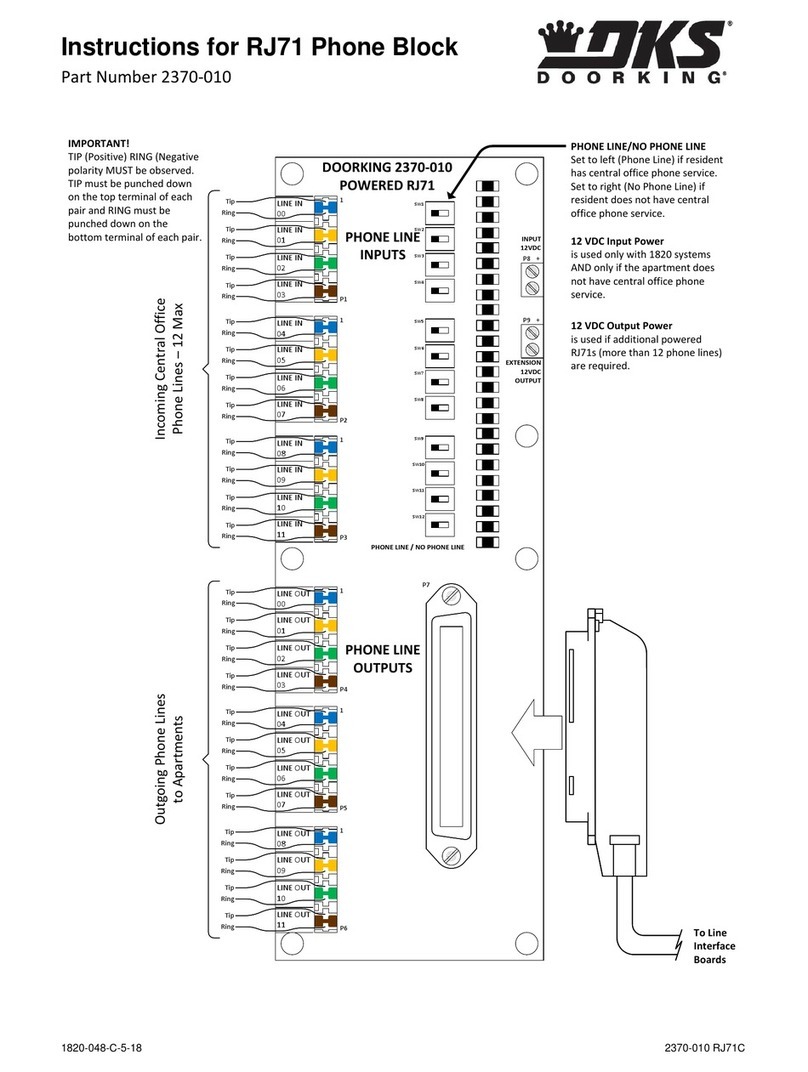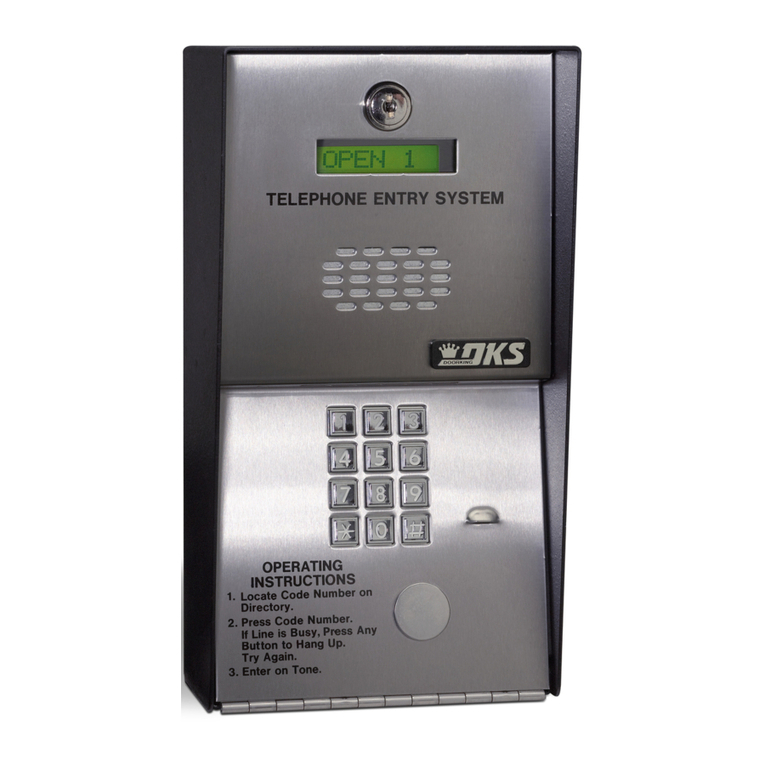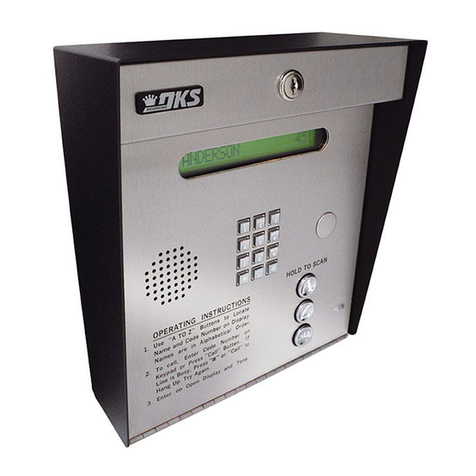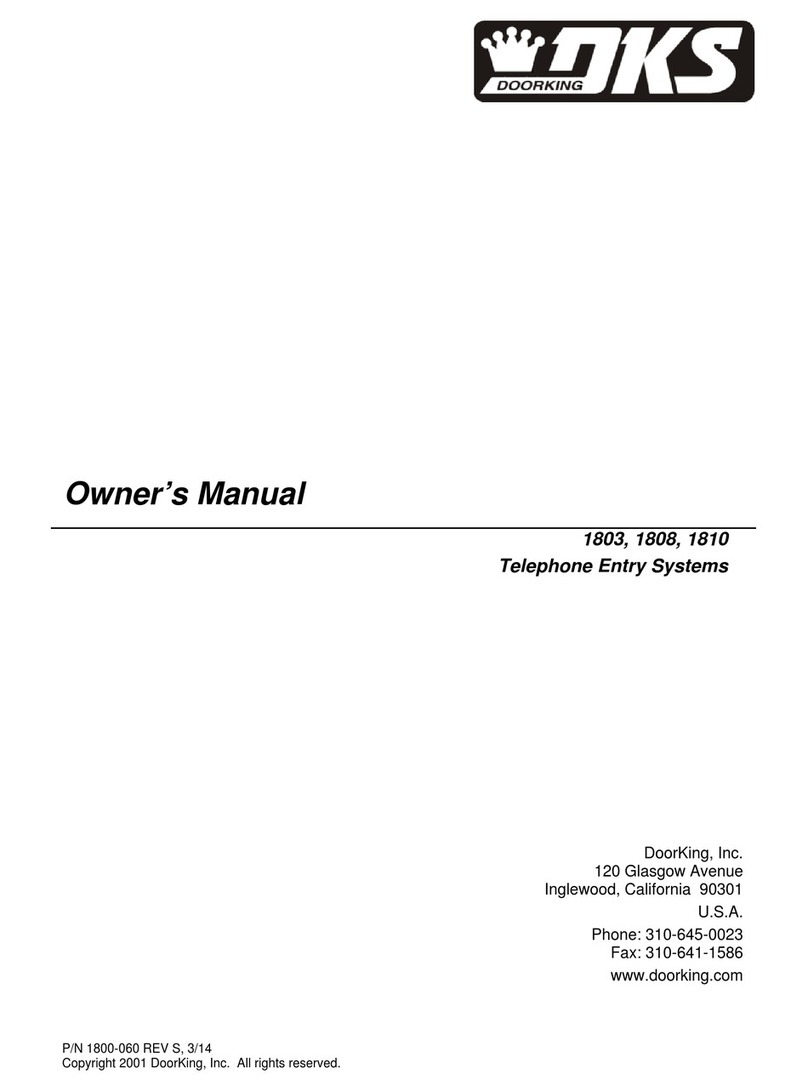
1835-065-J-7-14 5
1. Unobstructed Forward Reach. Where a clear floor or ground space allows only a forward approach to an object
and is unobstructed, mounting height shall be a minimum of 15 inches (381 mm), and a maximum of 48inches
(1.22 m), above the floor or ground to the operable controls.
2. Obstructed High Forward Reach. If the high forward reach is over an obstruction greater than 20 inches, but
less than 25 inches, mounting height shall be a maximum of 44 inches (1.12 m) above the floor or ground to the
operable controls.
3. Unobstructed Side Reach. Where a clear floor or ground space allows a parallel approach to an object and the
side reach is unobstructed, and the edge of the clear floor space is 10 inches (255 mm) maximum from the object,
mounting height shall be a minimum of 15 inches (380 mm), and a maximum of 48inches (1.22 m), above the
floor or ground to the operable controls.
4. Obstructed High Side Reach. If the side reach is over an obstruction greater than 10 inches, but less than 24
inches, mounting height shall be a maximum of 46 inches (1.17 m) above the floor or ground to the operable
controls.
•Prior to beginning the installation of the telephone entry system, we suggest that you become familiar with the
instructions, illustrations, and wiring guidelines in this manual. This will help insure that you installation is performed in
an efficient and professional manner.
•The proper installation of the telephone entry panel is an extremely important and integral part of the overall access
control system. Check all local building ordinances and building codes prior to installing this system. Be sure your
installation is in compliance with local codes.
•When used to control a door or pedestrian gate, try to locate the telephone entry system as near as possible to the entry
point. The unit should be mounted on a rigid wall to prevent excessive shock and vibration from closing doors or gates.
Continuous vibration and shock from slamming doors or spring-loaded pedestrian gates will damage the circuit board.
Under no circumstances should the unit be mounted directly to a moving door or gate.
• ADA mounting requirements for door control (Ref: ICC/ANSI A117.1-2009). The requirements below apply only when
the telephone entry system is being used to control entry through a public door only. If this system is used to control
entry through a vehicular gate or private entrance, the dimensions noted below do not apply.
•When used to control a vehicular gate with an automatic gate operator, the telephone entry system must be
mounted a minimum of ten (10) feet away from the gate and gate operator, or in such a way that a person cannot
operate the entry system and/or touch the gate or gate operator at the same time.
•Be sure that the system is installed so that it is not directly in the traffic lane. Goose neck mounting post and kiosks
work well for these type systems. When planning where to locate the system, take into consideration traffic lane layouts,
turn around lanes for rejected access, conduit runs, power availability, etc.
•Environmental factors must also be taken into account. Surface mount units are designed for direct outdoor
installations, however it is preferable to protect them from direct exposure to driven rain or snow whenever possible.
Flush mount units must be protected from direct exposure to the elements.
•This telephone entry system contains a number of static sensitive components that can be damaged or destroyed by
static discharges during installation or use. Discharge any static prior to removing the circuit board from the lobby panel
by touching a proper ground device.
•Instruct the end user to read and follow these instructions. Instruct the end user to never let children play with or
operate any access control device. This Owner’s Manual is the property of the end user and must be left with them
when installation is complete.
General Information






